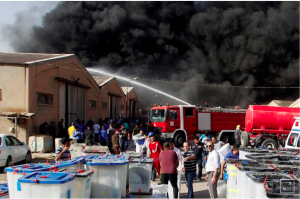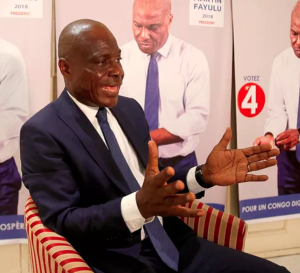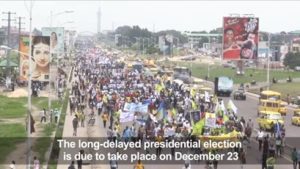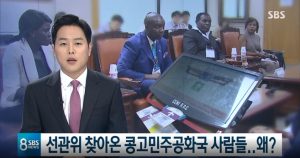Several indicators that point to a “Election Fraud” EP. 5-7
There are several indicators that “Election Fraud” occurred in the DRC in 2018.
In the end, there are several indicators that “Election Fraud” occurred in the DRC in 2018. Aside from the crackdown on the Congolese opposition and Paul Kabila’s campaign sabotage, there were a number of other issues.
1. Voting was disrupted in several places
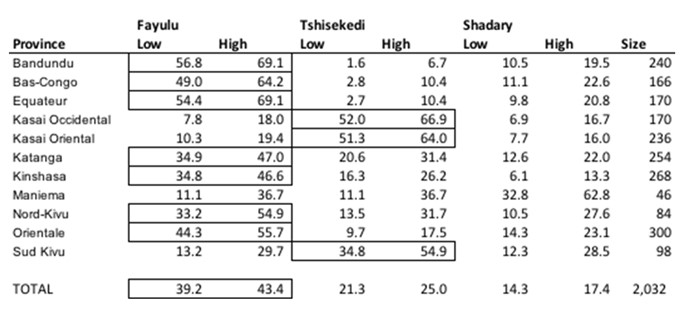
[Fig. 1] Polling data obtained from Jason Stearns, director of CRG (Source)
Elections were postponed in the Beni region, Beni town, and Lubero region (all in North Kivu) due to Ebola. And in Umbi, Mai-Ndombe (formerly Bandundu) Province, the election was postponed due to inter-communal violence. As shown in the table, Fayulu is from Bandundu and had a strong lead in North Kivu.
The decision excluded 1,745,249 registered voters from the polls. This was significant. Because Tshisekedi beat Paulu by an overall margin of 684,281 votes.
2. There were also issues with the observation, counting, and reporting of the vote
Congo’s two-tier system is meant to prevent fraud. There are 72,458 polling stations in the DRC.
Votes are counted as soon as the polls close. At this point, observers from political parties and civil society organizations monitor the count. Observers must sign the official tally.
The results are then posted directly on-site. They must then be sorted by candidate and sent to the 176 Local Centers of Compilation of Results (CLCR).
These centers compile results from multiple polling stations. They then forward them to the CENC in electronic form.
However, after the election, the Catholic Church under CENCO (which deployed 39,082 observers at polling stations) and civil society coalitions that deployed observers at 101 CLCRs received numerous reports of fraud and irregularities.
3. Some election officials did not allow observers to monitor
And some ballots were lost, as were voting machines. There were also reports of inaccurate CLCR and polling station tallies (in several cases, CLCR observers refused to sign official tallies).
Similarly, there is evidence of pressure on election day. For example, according to the CEC, only 65% of voting booths were set up in a way that ensured secrecy.
4. CENI delayed the release of the vote count results
Notably, There were unusually long delays in the announcement of election results in the ten days after the election.
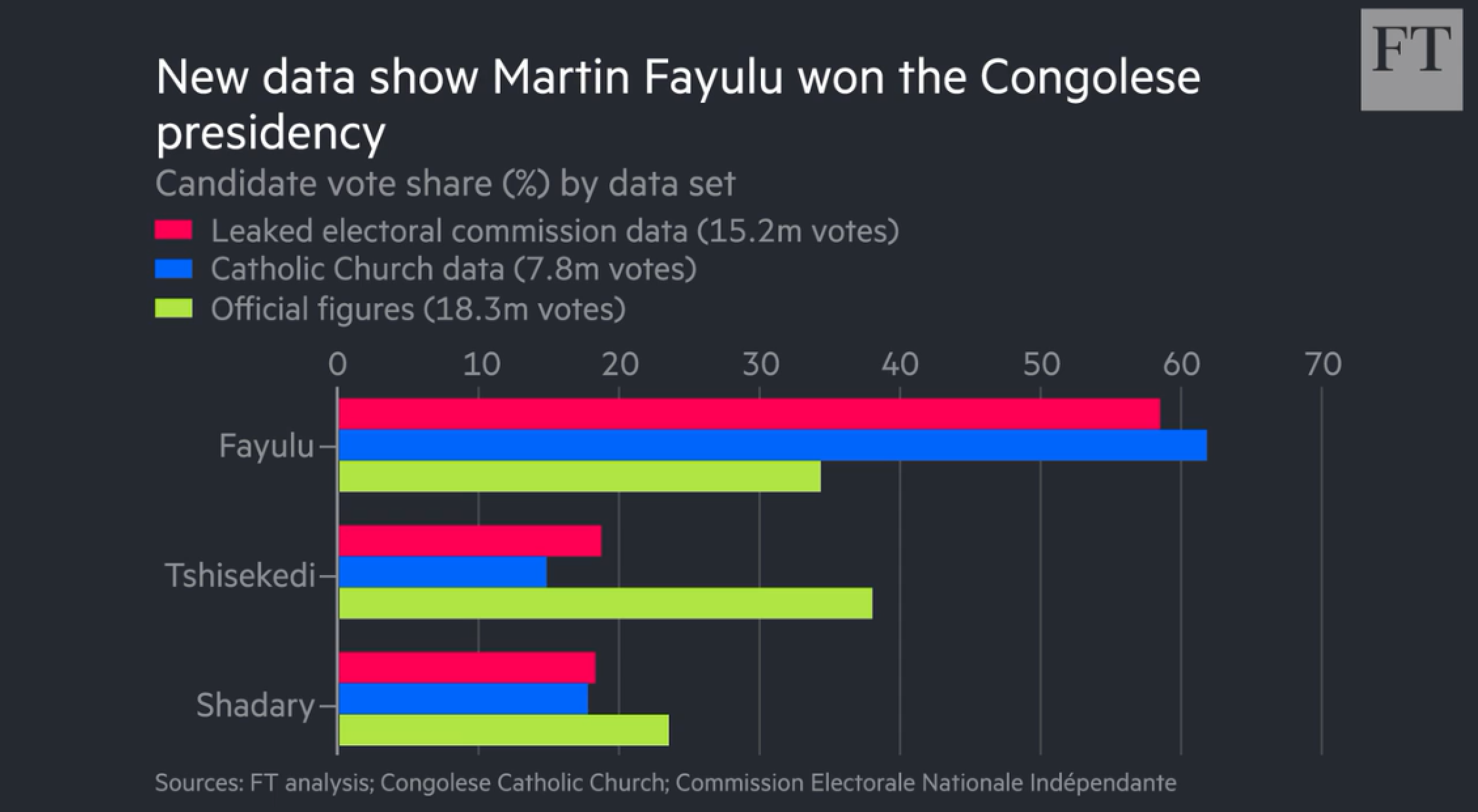
[Fig. 2] New data show Martin Fayulu won the Congolese presidency (Source from Financial Times)
